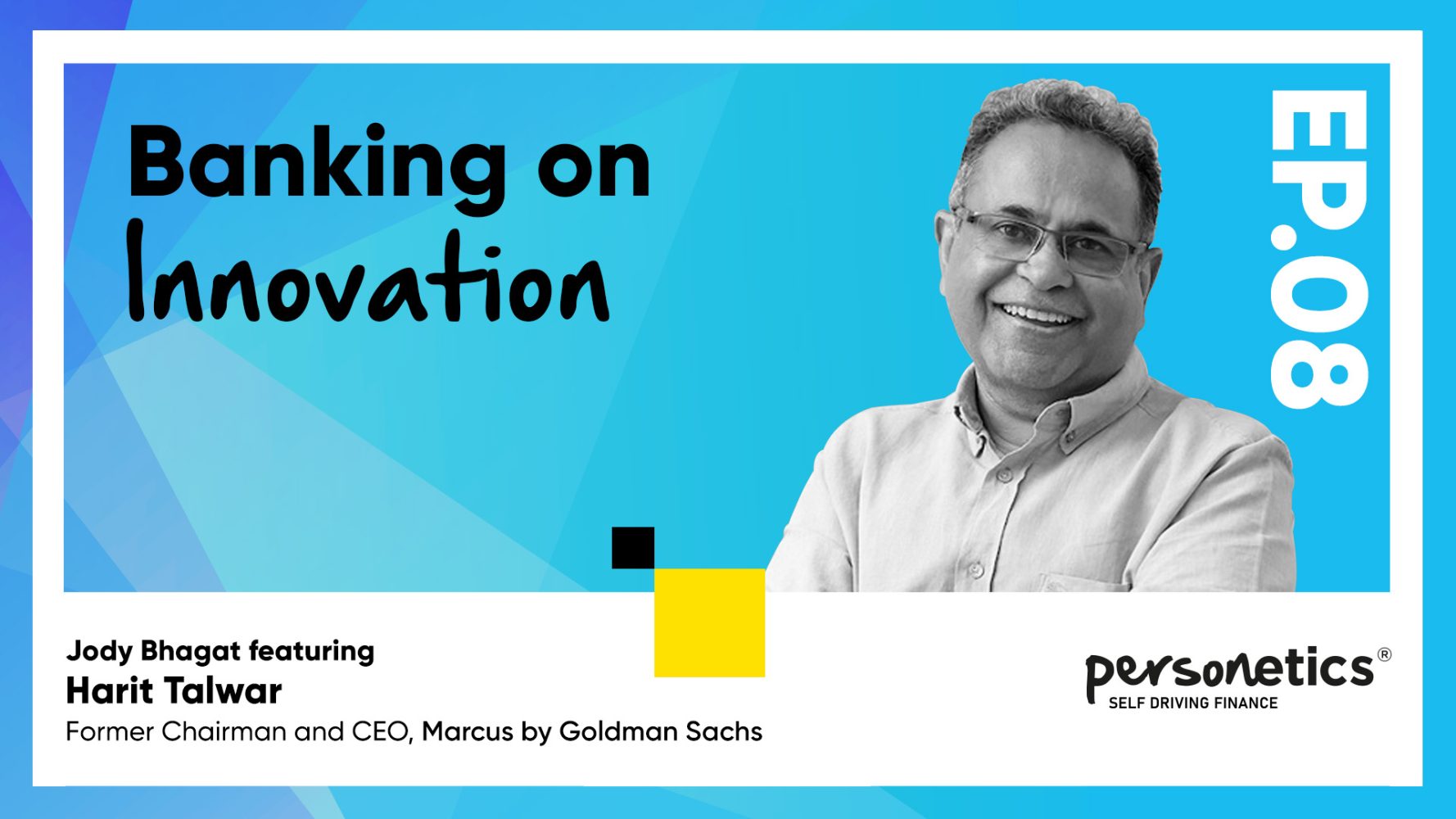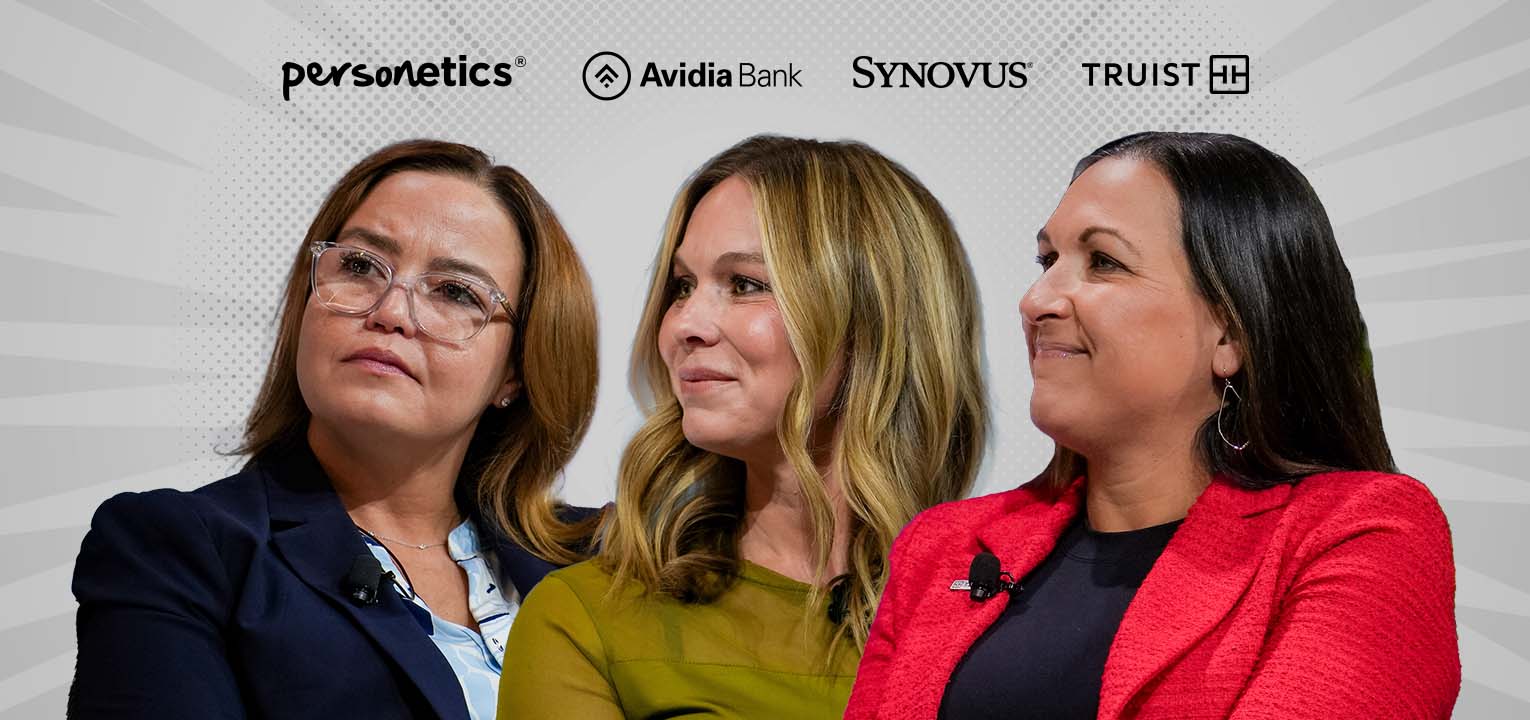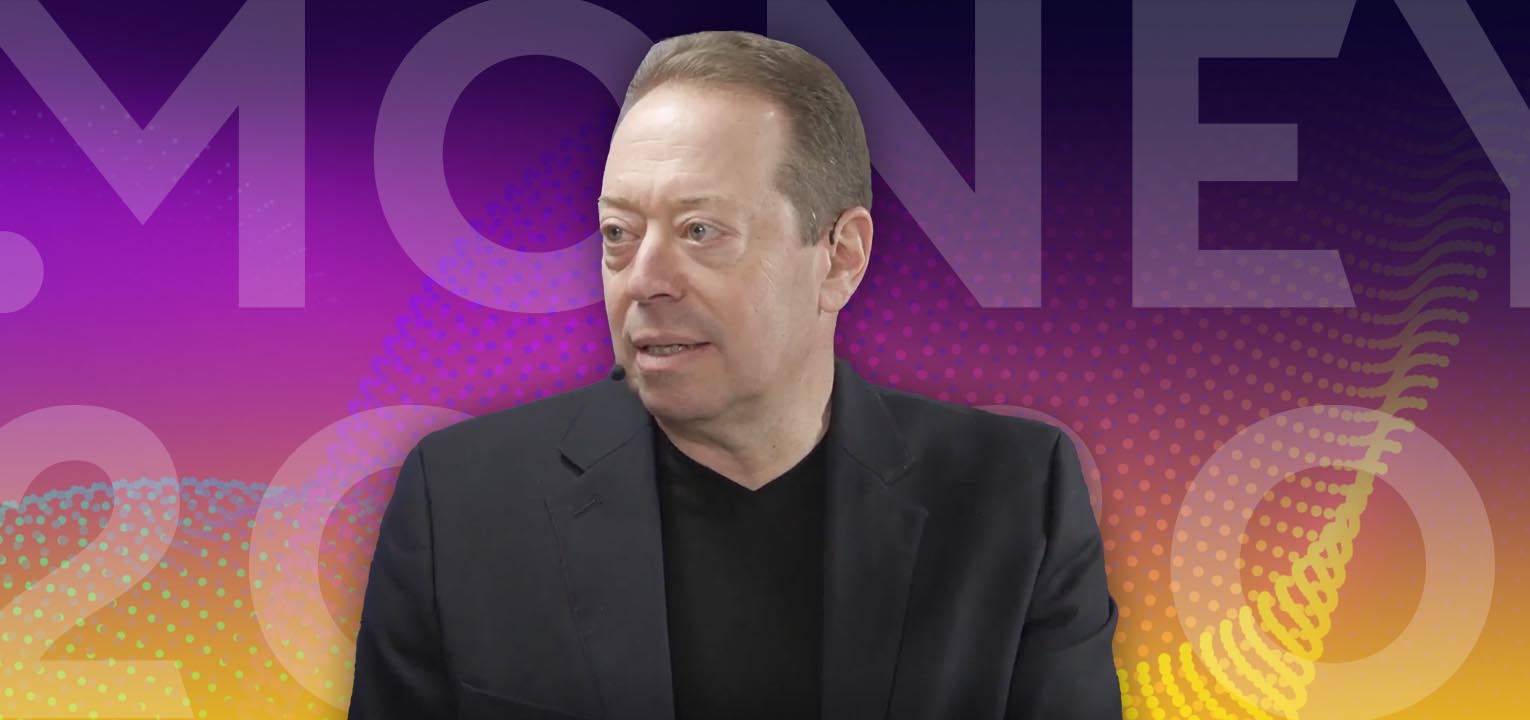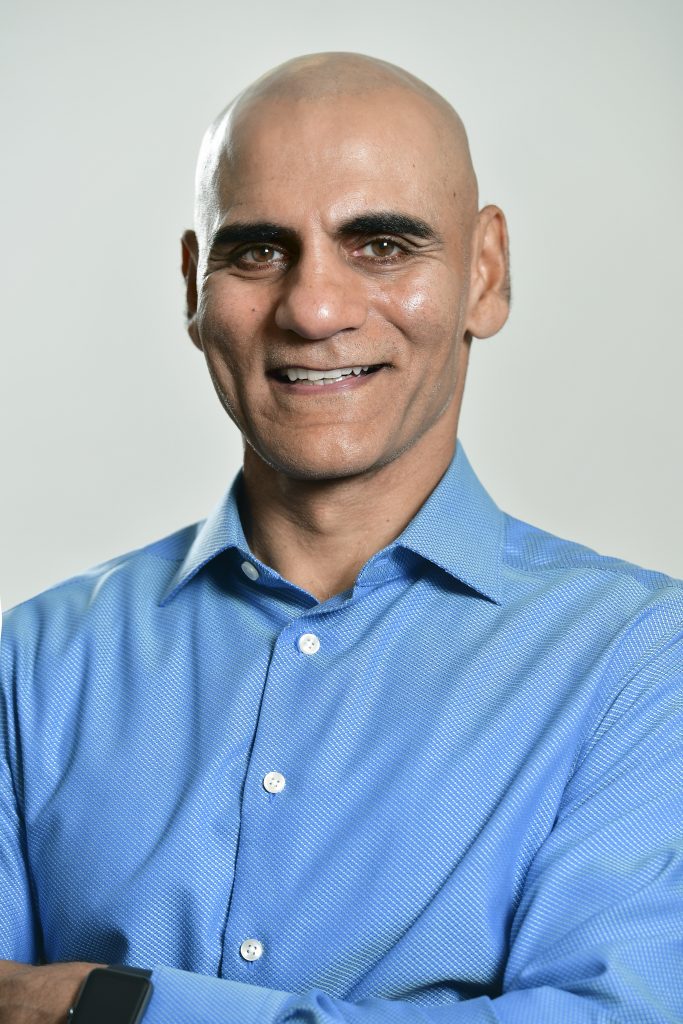January 19, 2023
Harit Talwar, Former Global Head of Marcus by Goldman Sachs: Embracing a Customer-obsessed Mindset

On the Banking on Innovation podcast, I’m privileged to host leaders who have driven customer-centric innovation and impact.
Few people personify that better than Harit Talwar, who blends an obsessive focus on the customer experience with a bold agenda.
In 2015, Harit joined Goldman Sachs to establish Marcus and build a differentiated consumer business. Marcus went on to become one of the most impactful challenger banks in history, offering financial products known for their simplicity and transparency. To date, it has around 16 million retail customers, more than $120 billion in consumer deposits, and revenues in the $1.5-$2 billion range.
Harit previously served as President of US Cards for Discover Financial Services, managing director of Morgan Stanley’s Consumer Banking Group International, and spent 15 years in leadership roles at Citigroup. He is also currently a board member at Mastercard.
I was keen to hear how Harit transitioned from a traditional banking orientation to an attacker mindset, and given his unique vantage point, hear his perspective on other parts of the banking industry that may be ripe for disruption.
Harit said that before launching Marcus, there was widespread scepticism that true innovation was possible within a 150-year-old institution.
“Nobody thought that the world’s preeminent investment and trading bank could have a consumer business,” says Harit. “Inside and outside, people thought it could not be done.”
A key advantage of Marcus, however, was that it was created as a disruptor from within. Starting with a blank slate, it could operate like a fintech without any constraints from legacy distribution or technology. It had no branch networks – “which are dinosaurs today” – and no legacy business practices, like charging overdraft fees.
“And yet on the other hand, we were a bank. Regulatory compliance, risk management, and capital management is in our DNA. And while these things may not sound very sexy, they’re absolutely critical to be a successful disruptor in a regulated industry. It’s this duality which was our advantage.”
Looking outside the banking industry for models
Disruption was a deliberate choice.
“Our goal was not to create another successful financial services institution like those that already exist. No disrespect to any of them – we learned a lot from many of them – but they were not our role models.”
Instead, Harit and his team of “unicorns – people who have the ability to think ahead, but also have an ability to dirty their hands” – looked towards tech innovators like Apple and Amazon, who had transformed their respective industries by creating an entire new business model.
Their innovation, he says, came not from their product, but from the way they delivered it to customers.
Marcus knew that the features of its savings account, for example, would be largely prescribed by regulators and therefore difficult to differentiate.
“But how do you package it? How do you deliver it? How do you service it? That is where the innovation lies,” he says.
What 100,000 customer interviews revealed
To answer such questions, many banks would look to outdo their competitors.
As an industry, says Harit, “We are so obsessed with the competitor that perhaps we’ve lost sight of what the customer wants.”
Marcus, by contrast, became “customer-obsessive.”
Before launching their first product they interviewed 10,000 consumers directly or indirectly, and by the time Harit left the firm in 2021, they had spoken to around 100,000, “just to keep in touch with what they want”.
One of the key lessons was that customers “think banks are in it for themselves and not for the customer,” he said, citing studies showing that more than 50% of customers don’t trust their credit card provider and that more than 70% of millennials would rather visit a dentist than visit their bank.
The white space, therefore, “was to demonstrate that you are a brand and financial services organization which is on the side of the customer… And to demonstrate this in every transaction, you must be simple and you must be transparent. How many fields will you use for account opening? How clearly will you explain your pricing and your charges? All those things matter a lot.”
This became the foundation of Marcus’s disruptive approach, which includes eliminating confusing jargon, inflexible products and hidden fees.
Listen to the full podcast here
The power of data and analytics
One of the key ways to deliver this “extreme customer-centricity” is through data, artificial intelligence, and machine learning.
Harit notes that many banks believe these are the future of banking. But to him, they are just means to an end.
“They’re capabilities. What is important is, are you [using them to solve] real customer problems in a simple and transparent manner? How do we use AI and machine learning to understand the customer and their needs?”
For Harit, using data and technology in a way that benefits the customer is not just good business, but also an ethical obligation.
“When people give us money in their savings account, we use that money for various reasons in our balance sheet, but we always recognize that it’s customers’ money. When customers give us data, we think it belongs to us. It doesn’t. It belongs to the customer. We are a custodian of the customer’s data and we must respect that.”
This obligates banks to use the data to empower customers rather than for profit, although he argues that profit will follow and be more sustainable when banks use data responsibly.
Warning: More disruption ahead
Asked what the next frontier is for applying AI to enhance the customer experience, Harit doubles down: “The frontier is simplicity.”
Banks still have a long way to go to routinely provide the simple functionality that customers crave on their digital journey. However banks may not fully realize this because they tend to compare their digital assets to the branch experience or to the apps provided by their competitors. Customers, meanwhile, compare their banking app to their experience using apps from other industries, which may be much smoother and easier to use.
“The problem with legacy banks is that e information can’t flow back and forward because the pipes are corroded. And to uplift your legacy technology systems is very expensive and complicated, and there’s no immediate ROI. So they’re stuck.”
For Harit, the banks’ legacy technology, together with uneven customer experience and general fragmentation, adds up to an industry ripe for further disruption.
“It could very well happen like in the retail industry where there has been a hollowing out of the middle… For too long businesses with doubtful revenues, profitability and risk algorithms have attracted very high valuations.”
Not everyone will survive, he concludes.
While the jury is still out on sustainable profits, Marcus has demonstrated that an obsessive focus on customer experience and an emphasis on simplicity and transparency can attract a significant customer franchise. Pioneers like Harit, with his relentless drive and laser-sharp focus on simplicity, will undoubtedly push the entire industry to raise its collective game and spur innovation to benefit customers.
How can you listen to the podcast?
Please tune in and join me and my guests on this journey. Episodes of Banking on Innovation will be released every 2 weeks.
You can access new podcast episodes here: Spotify, Apple, and Google.
Want To See How Cognitive Banking and AI Can Transform Customer Engagement?
Request a Demo Now
Latest Posts

How to Monetize AI While Building Trust

Cognitive Banking, Primacy, and the New AI Playbook for Banks: Insights from Money 20/20

How to Prevent Churn & Grow Wallet Share: Bank Primacy Playbook

How to Maximize SaaS Value and Future-Proof Your Platform

Truist's Performance Marketing Journey: From Merger Challenges to Million-Dollar Results

How Asia Pacific Banks Are Redefining AI-Driven Engagement

Jody Bhagat
President of Americas, Personetics
Jody brings deep operating experience in financial services – managing direct channels, launching digital ventures, and leading digital transformation programs. He was previously a Partner at McKinsey & Company, where he helped financial institutions define and execute digital transformation programs to drive customer growth and operating efficiency. Jody also served in senior digital operating roles at U.S. Bank, Wells Fargo, and Providian. In these positions, he led digital sales and service functions and direct to consumer businesses to deliver organic growth and enhanced customer experience. Jody has an MBA from Northwestern University and a BS in Computer Engineering from The University of Michigan.









